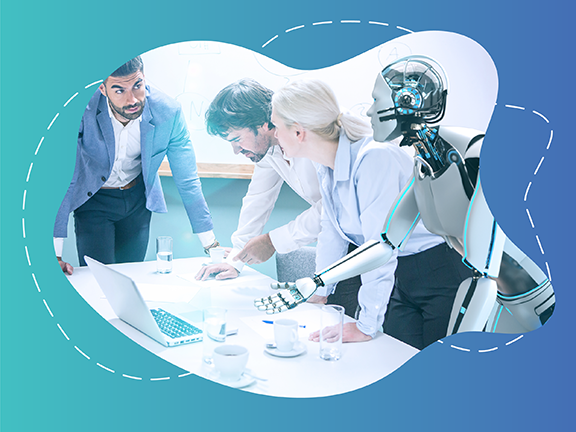
The Second Brain

Tiago Forte coined the term Second Brain, and the main idea is that your brain is to have ideas and not store them. Small things such as someone’s phone number or the name of the two new colleagues you meet at work are easy enough to remember. However, it becomes tedious to juggle when you are learning more about Kubernetes while also reading about Node JS., all while managing the large amounts of articles and documents that need to be read to complete daily tasks. A second brain can be used to help reduce the amount of information juggling between functions and learning engagements using our brain.
So how does it work?
The process is simple enough and is similar to taking regular old-fashioned notes. The first step is to jot down any important pieces of information that resonate with you. Such as the mitochondria being the cell’s powerhouse or that ketchup is simply a form of tomato juice, and so on. This could include facts, quotes, summaries of just about anything, and as your collection of notes increases, the knowledge of your second brain is growing and expanding as well. But the idea comes to life when you implement the second step, which is to create a system to organize all those notes. By going through and analyzing all the notes that have been collected it forces the person to think critically about the information they have taken and make sure any extra or unnecessary information is taken out.
There is no natural formula or specific rules to organize the information. It is essentially to go through all the notes and to create a system of categorizing them so that in the future when you need to refer to them for an assignment, project, or to view the progress you have made so far, it is laid out clearly for you to see and understand.
Others have also thought of similar ideas and concepts over the years. One that is close to the second brain is Zettlekasten or the slip-box method. Sociologist Niklas Luhmanns is well-known for using this method and had over 90,000+ cards within his slip-box. However, Zettlekasten is more detailed because it focuses on capturing specific ideas from each source, which are then written in your own words and linked to other notes with related concepts. The second brain does not go that deep and is more generalized. It helps capture all the information in one area, and as you are using it, you know exactly where to look and to refer to because you have organized it to how your brain processes information.
Therefore, if in the future any new project, either for work or personally, is presented to you, then you have a second brain full of ideas and information in one area to reference rather than researching everything again. Another benefit of organizing your notes is that you can start connecting seemingly different ideas and concepts to develop new ones. Here you are using your brain to do what it is most comfortable doing, which is to have and create new ideas.
How do we build our second brain?
Now that you are all excited and super pumped to create your second brain there are two main ways to do this. First is digitally through online note-taking applications. Popular and free options include Notion, Obsidian, Evernote, or OneNote applications. They allow the user to structure their notes as they would like to while also being available across many devices, so your notes are readily available whenever inspiration strikes. Secondly, there is the traditional method through pen and paper where you can physically touch and re-arrange the information as more ideas are added. Both ways can be used either individually or combined to build a powerful source of information for yourself!



